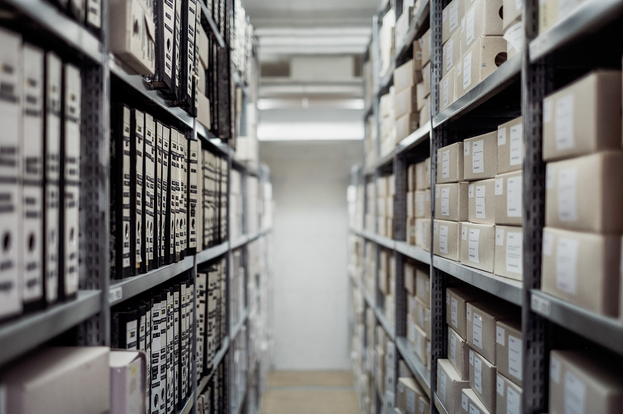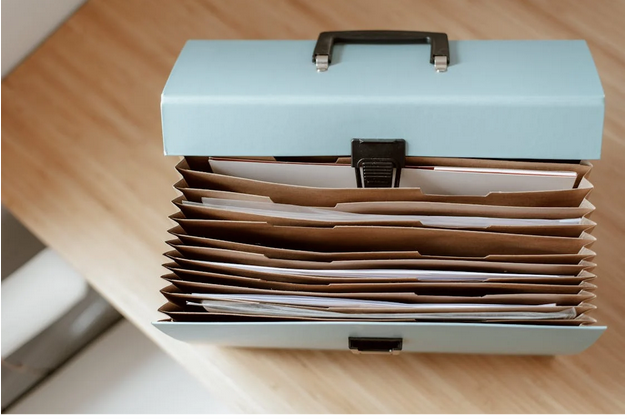Maximize Your Space: 8 Essential Self-Storage Hacks You Need to Know
Share
Space often comes at a premium, finding clever ways to store your belongings can make all the difference. Whether you're downsizing, decluttering, or just trying to make the most of every square inch in your home, self-storage can be a game-changer. However, simply renting a storage unit isn't enough; knowing how to maximize that space can save you money, time, and stress. In this blog, we'll share 8 essential self-storage hacks that will help you efficiently organize your items, ensure they remain in prime condition, and make retrieving your belongings as hassle-free as possible. Get ready to transform how you view and utilize self-storage!

Storage Facilities: Choosing the Right One
When it comes to selecting a storage facility, not all are created equal. The right choice can significantly impact the safety, accessibility, and condition of your stored items. Look for facilities that offer a range of unit sizes — this way, you're not paying for space you don't need. Climate-controlled units are crucial for items sensitive to temperature and humidity, such as electronics, wood furniture, and photographs. A nearby storage unit can expand your options for regular access without adding too much time or inconvenience to your day. Additionally, make sure the facility has adequate security measures in place, such as cameras and secure locks.
Efficient Packing: Maximizing Space and Protection
Efficient packing is pivotal in getting the most out of your self-storage unit. Start by disassembling any large items, such as furniture, to reduce their footprint. Utilize sturdy boxes of similar sizes for easy stacking, ensuring they're not overpacked to avoid damage. Labeling each box with its contents and which room it belongs in can greatly streamline both the moving and retrieval processes. Investing in quality packing materials like bubble wrap, packing peanuts, or even old newspapers can provide extra protection for fragile items.
Utilize Vertical Space
Taking advantage of vertical space in your self-storage unit can dramatically increase its capacity. Instead of spreading items across the floor, stack boxes and furniture to make full use of the unit's height. Shelving units can be incredibly beneficial for organizing smaller items and making them easily accessible. Be sure to place heavier boxes on the bottom and lighter ones on top to prevent any damage.
Labeling and Inventory
A methodical approach to labeling and maintaining an inventory of your stored items can significantly simplify the process of locating and managing your belongings. Each box or container should be clearly labeled on multiple sides with a brief description of its contents and an associated number that corresponds to a master inventory list.
This list, whether kept digitally or on paper, should detail where each item is stored within the unit, providing a quick reference to find what you need without unnecessary searching and rearranging. Regular updates to the inventory list are essential, especially after adding or removing items, to ensure its accuracy and usefulness. This system not only saves time but also minimizes the risk of items being forgotten or misplaced.
Climate Control Considerations
One cannot overlook the importance of climate control when selecting a self-storage unit, especially if your belongings include sensitive items. Climate-controlled units maintain a constant temperature and humidity level, protecting items from extreme temperatures, moisture, and the resultant damage. Materials like wood can warp or crack, electronics can become damaged, and fabrics may develop mold or mildew without proper climate control.

Stackable and Modular Storage
To further enhance the efficiency and organization of your self-storage, incorporating stackable and modular storage solutions can be a game-changer. These solutions allow for flexible arrangement options and can be reconfigured as your storage needs change. Stackable bins and boxes are designed to fit snugly together, maximizing space while maintaining stability. Modular storage options, such as wire shelving units or cube organizers, can be adjusted or expanded, offering a tailored fit for your items.
Accessible Layout
An accessible layout is key to utilizing your self-storage unit efficiently while ensuring you can easily reach and retrieve any item when needed. Planning the layout of your storage unit can prevent the frustration of digging through boxes and moving heavy items around. Start by creating a clear pathway from the entrance to the back of the unit, allowing for unobstructed access to your belongings. Place frequently used items towards the front of the unit or on easily reachable shelves to avoid unnecessary shuffling. For larger items stored in the back, consider using dollies or wheeled platforms to make them more manageable to move when access is required.
Regular Maintenance
Maintaining your self-storage unit is not a one-time task but an ongoing commitment to preserving the quality and accessibility of your stored belongings. In this procedure, routine cleaning and inspection are essential. Consider scheduling a maintenance day every few months to dust off boxes, and check for any signs of wear and tear, or potential pest infestations. It's also an ideal time to reassess the organization of your unit, making adjustments to the layout or your storage methods as necessary. Regular maintenance ensures your items remain in top condition and that your storage space remains efficient and easy to use.
Self-storage can be a valuable tool for maximizing your available space, but it requires some strategic planning and organization. By utilizing these 8 essential self-storage hacks, you can make the most of your storage unit, protect your belongings, and have easy access when needed. With proper attention to layout, packing methods, climate control, and regular maintenance, you'll be well on your way to maximizing your space and simplifying your storage experience.